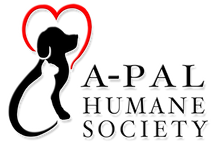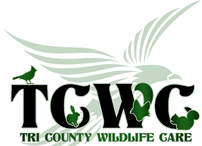October 2019 - the Meadowlark
|
These are chunky grassland birds about the same size as a robin, with short stiff tails, a flat head, and a long slender bill. The bill is as long as their head! Their mother never told them to stand up straight so their round-shouldered posture hides their neck.
John James Audubon gave the bird its name - Sturnella neglecta. The “neglecta” in their name refers to how they had been overlooked since seen by Lewis and Clark. The Western Meadowlark is so similar to the Eastern Meadowlark that it took over a century to determine if they were really two different species. Though their appearance is markedly similar, their song is not. And it is the song that is used to tell them apart where their territories overlap. Meadowlarks are seen in our area all year round. They like wide open spaces – native grasslands and agricultural fields – and sometimes along roads, edges of marshes and mountain meadows. During breeding season, the Meadowlarks underparts are bright yellow with a distinctive black “V” on the chest; it is gray in winter. The back is highly patterned with brown, black and buff colors. When seen in flight, the tail flashes with white. The male and female are almost identical except for size; she is slightly smaller. The male courts the female by puffing out his chest and pointing his bill straight up to the sky to show off his dark “V” and sings five to seven rich, flute-like gurgling notes. A well spread tail and flicking wings adds to the display. When defending his territory, the male will do a “jump flight” by springing straight up in the air and fluttering his wings while is legs dangle below. These are ground nesters. The female makes a depression in the soil using her bill. She then lines it with soft, dry grasses and soft stems of shrubs. She may also use plant material around the nest to weave a hood like dome over the nest to disguise it and protect it from rain. She will lay 5-6 eggs in each of one or two broods. The male helps to feed the nestlings. After 10-12 days, the fledglings leave the nest, but the parents continue to tend to them for another two weeks. Meadowlarks forage for grains during winter and early spring then switch to weed seeds in autumn. In spring and summer, they also probe the soil for beetles, ants, cutworms, grasshoppers and crickets. Their use of “gaping” (poking their bill in the soil and prying it open) allows them to find many insects and seeds that other birds miss. Populations of these birds are declining likely due to habitat loss, pesticide use, and loss of habitat to invasive species. Their numbers are down 48% from 1966 to 2015. You may be able to attract these birds if you have an open area where you can place a ground feeder stocked with hulled sunflower seeds and cracked corn. Tri County Wildlife Care, a local nonprofit started in 1994, is dedicated to the rescue and rehabilitation of our native wildlife and helping our community live in balance with wildlife. They envision a world where wildlife and people thrive together. For more information call (209) 283-3245, or visit pawspartners.org. |
Learn More!
|

